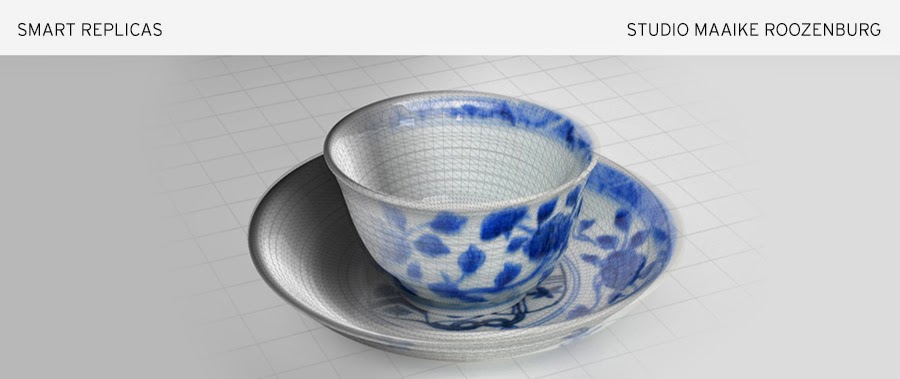As promised, we would give the summarized results for the two scanning sessions that we had: with CT scanners and with Artec Spider scanner.
Part of the results of the latter unexpectedly disappeared during the post-processing. The scan which promised the most for us, Hermione handle detail, was among the missing files. We hoped to get better results of the floral ornament and combine it with the CT-scan body, only the chosen comparison model and Harry survived.
As seen, for the comparison we chose the finest model we had. The lice-comb teeth were approximately 0.5 mm diameter with even smaller gaps between them. Due to this, the scanning technique used by Artec Spider could never achieve a proper result: too much was not visible, even with the precision of 0,05 mm. In other words, the grid which the range finding device projected could not be interpreted in the gaps and the result was a block with a texture instead of a comb. Moreover, looking at he scan of Harry we can see a big inconvenience for us: only the outer surface and the sections at the breaks were captured. Moreover, the cracked surface texture was not captured, because we got the file only in a mesh file.
Therefore, it would be expected that this problem would not be so apparent in CT-scans. This technique captures the sections of the object, instead of making an interpretation of surface. Just then these sections are interpreted into 3D files. However, the precision of 0,3 mm proved to be insufficient for the artifact we chose:
As seen, the result was a more consistent file, which could actually be printed. Nevertheless, it was far from what we would call sufficient. Expecting this, we also made micro-CT scans of the object. The sneak-peaks of the object in the lab itself looked very promising. Yet our and publicly available computers could not handle the size of the data set (over 2000 sections!) and could only give results in the lowest resolution, leaving us with the following model:
As seen in the picture, the separate teeth are clearly visible, although the main body is missing. This can be easily solved if the used computer has 16GB RAM, since we could get a proper model in Avizo a few moments before it crashed due to memory insufficiency.
To conclude, only the micro-CT scanner offered the sufficient results for the compared artifact. The Artec Spider is very interesting if surface detailing in necessary or if textures/colors have to be captured. However, if not enough scans are made and combined, you will get an object lacking details, thus resulting in incredible amount of work hours in post-processing. Another solution for this would be to make CT-scans and combine them with the Artec Spider scans only for the details.





Geen opmerkingen:
Een reactie posten